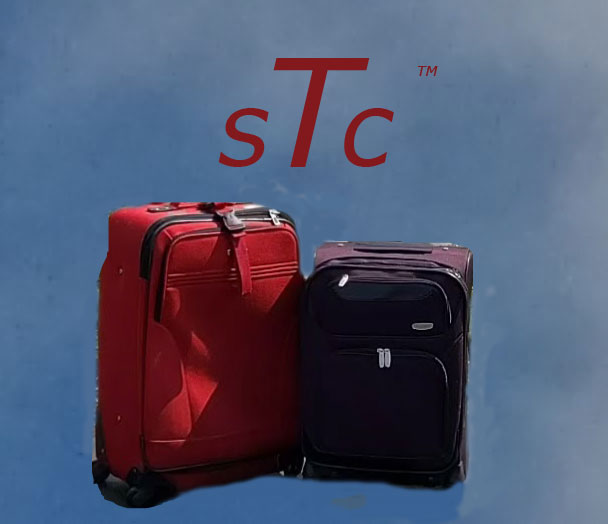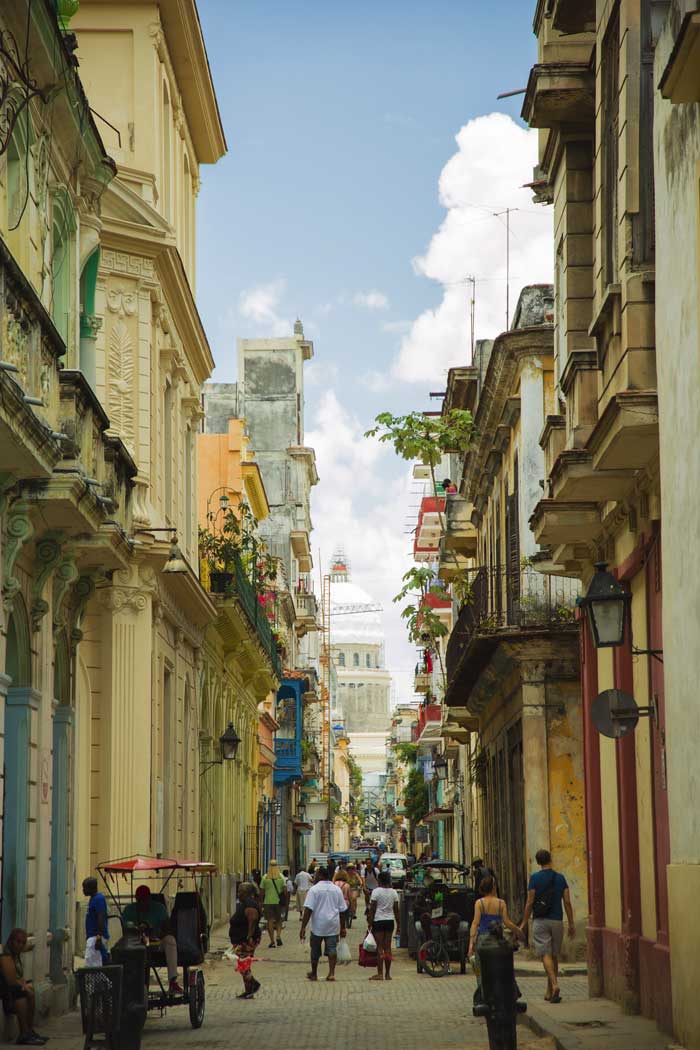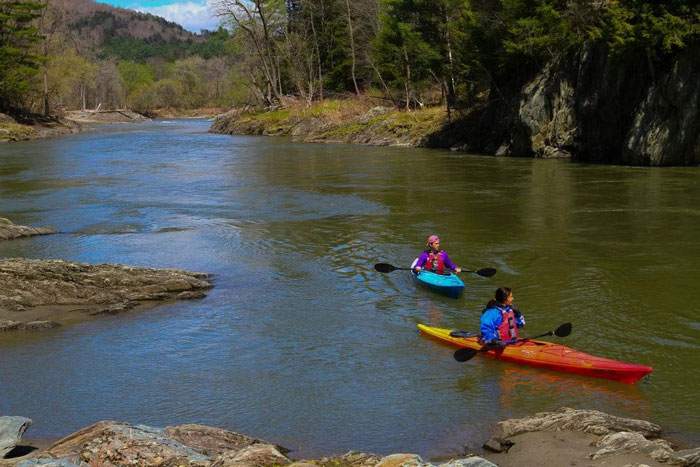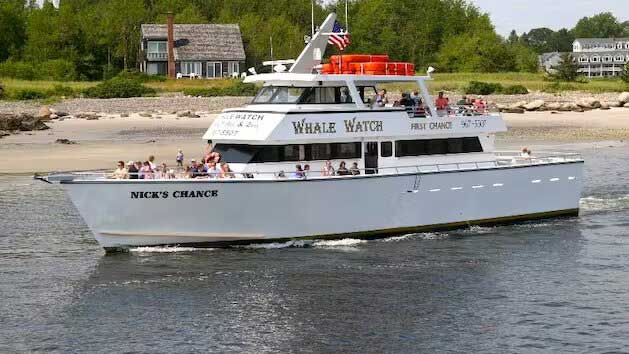- Home
- Snowbird Lifestyle
FTC Disclosure: If you make a purchase via a link on this site, We may receive a small commission on the transaction - at no added cost to you. Thank you!
Snowbird Lifestyle Guide
The Snowbird Lifestyle Guide - If you are thinking about the snowbird lifestyle the most important considerations are how to be a snowbird, searching for popular snowbird destinations, looking at the advantages and challenges, available activities, how to prepare, planning, packing, available social integration and community, as well as mental and physical health.
WHAT IS A SNOWBIRD
The term “Snowbird” has become an accepted term to describe older adults or retirees who migrate to southern states to escape the cold winter doldrums of the north.
This lifestyle goes beyond simply seeking warmer climates; it revolves around community, culture, activities and a sense of belonging.
OUR SNOWBIRD LIFESTYLE GUIDE
Ruth and I have been considering the “Snowbird Lifestyle” for a while and decided to dive into the research.
We did the research for you, so scroll down through the information below to make an informative decision if this lifestyle is right for you.
We live in northern Vermont where the winters can be long, cold and challenging.
Vermont has an average snowfall of 144 inches annually.
A lot of snow to contend with!
Winters can involve shoveling, plowing, high fuel bills, being confined, and household upkeep.
Our House at the Start of Winter
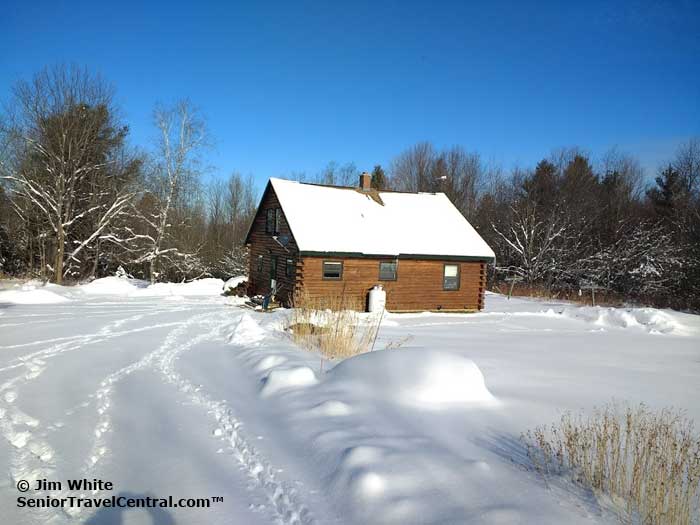
Our House in a February Winter Storm
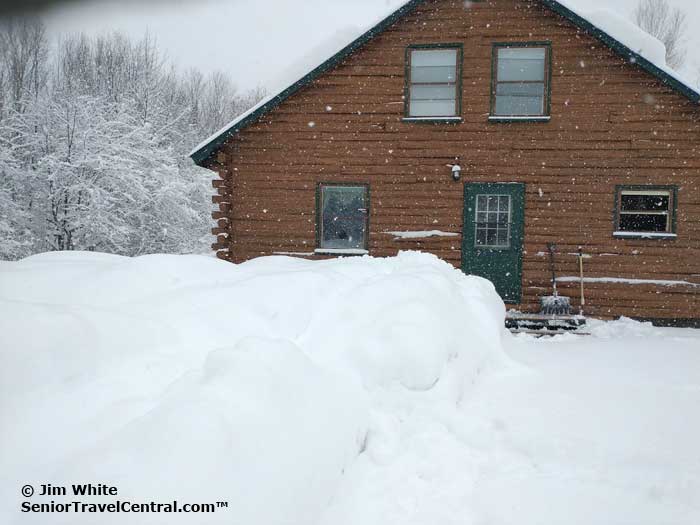
HOW TO BECOME A SNOWBIRD
Are you wondering or pondering if the Snowbird Lifestyle is for YOU?
Our “Snowbird Lifestyle Guide” is a result of our research of the pros and cons for you to make an informative decision about the snowbird lifestyle.
The issues that you need to consider for a snowbird lifestyle are:
- Advantages and Perks – What perks would pertain to you
- Challenges –What are the challenges to be considered
- Preparation – Planning, Packing, Affordability, Insurance etc.
- Social Integration – Community, Clubs, Activities, Groups
- Activities – What activities that are available at a destination
- Healthcare – Nearby access to doctors, hospitals, clinics
- Safety – Consider the safeguards of an area or community
- Where to go – Popular destinations with the snowbird in mind
We explain each of these topics below with a more in-depth look.
1. ADVANTAGES (PERKS) OF THE SNOWBIRD LIFESTYLE
Our research has shown us abundant perks of a Snowbird Lifestyle.
Picture this: Waking up to the humid warmth and scent of sea air before taking a leisurely stroll along the beach.
Later in the day you might meet up with your community of seasonal residents to enjoy conversations and social activities.
You can forget about the hard work of shoveling snow and your fear of slipping on icy sidewalks.
- Staying active; you will have the time and good weather to continue outdoor activities such as swimming, bicycling, golf, tennis, pickleball, or anything you enjoy.
- Social Interaction; Many towns frequented by seasonal residents offer a range of classes in numerous categories. Snowbird destinations usually provide many opportunities to form new friendships.
- Attractive Destinations; A change of scenery can include many cultural interactions bringing growth and expanded horizons.
- Things To Do; Don’t forget plays, concerts, museums to keep stimulated when you are not basking in the sunshine at the ocean, bicycling in the park or hiking on a trail.
Overall, we now believe that the snowbird lifestyle can result in better mental and physical health.
The Beach on a Sunny Day
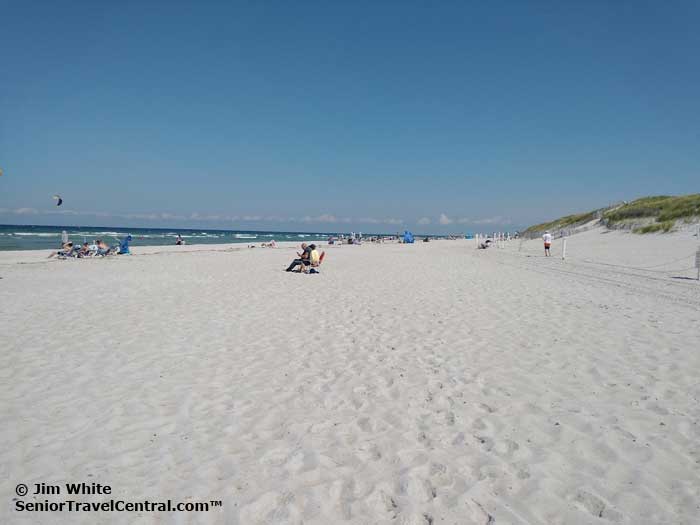
2. CHALLENGES OF THE SNOWBIRD LIFESTYLE
Of course, there are some disadvantages to living a seasonal lifestyle. The sun won’t shine everyday. (Pun Intended!)
It can take research to find a potential destination that is best suitable for you. There are considerations based on your own personal needs and interests.
- Affordability; Property and rent prices including taxes vary by state or region.
- Property Maintenance; There are challenges to maintaining your household while you are away. Your primary residence must be secured during your absence.
- Costs; Some people choose to own and others choose to rent. You night consider renting rather than owning to ease into the lifestyle to decide if it is right for you.
- Managing Mail; Some snowbird communities offer mail services. Otherwise, you can forward your mail online through the USPS website.
- Health Concerns; As senior snowbirds, we all have some health concerns that need year-round management. Be certain your destination has easy access to good healthcare. Prescriptions need to be transferred.
- Homesickness; It is possible that you might become homesick for your prime location. You might miss family and friends. It can be difficult to miss special events like a grandchild’s ballet performance or sporting events.
You will need to remain flexible in a new environment.
Just as at home, everything will not always go as planned.
3. PREPARATION
The first step toward adopting the snowbird lifestyle is preparation.
Planning in advance is essential, as is considering the financial implications.
You need to factor in living expenses, taxes, insurance, and more.
Opting for the snowbird lifestyle also involves dealing with other potential issues: managing two households and sorting out the logistics of leaving one home for months at a time.
All these endeavors require careful thought and meticulous organization.
4. SOCIAL AND COMMUNITY INTEGRATION
There can be an adjustment with orienting yourself to a new community.
You will need to focus on building a supportive network in your new winter location.
It turns out that among the best perks of the snowbird lifestyle are the opportunities for social interaction.
Retirement community residents tend to be of similar ages.
They tend to share interests resulting in an often-automatic feeling of community and belonging.
These communities usually offer many activities that allow for social interaction such as game night, group diners, group events, and a wide range of classes.
Don’t forget about all the outdoor activities available in a warm climate such as golf, swimming, hiking, walking and more.
If you are not in a retirement community there are other ways to socialize.
You can take classes at a local Community Center or College.
Clubs are a great way to meet people.
If you are someone who likes to help other and make a difference, consider volunteering.
In any event, be friendly and strike up conversations.
5. ACTIVITIES
Engaging in stimulating activities is perhaps one of the most significant advantages of the snowbird lifestyle.
Whether your interests lie in golf, tennis, hiking, fishing, or more niche activities like pickle ball, there are plenty of outdoor activities available.
Snowbirds Surfing
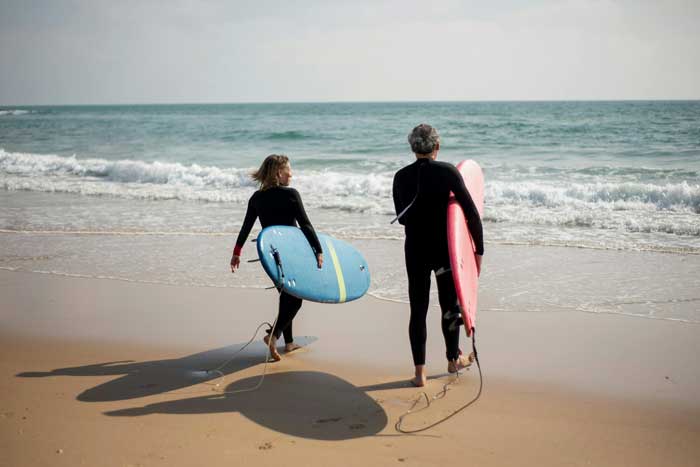
Senior Citizens Golfing
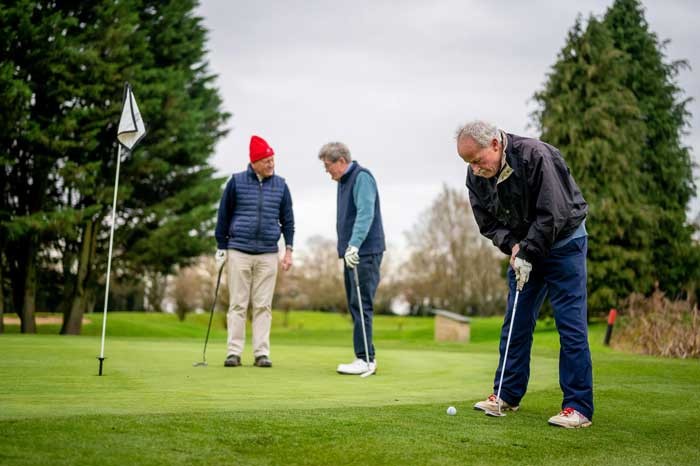
6. HEALTH
Just as at home, our health remains important.
The most obvious benefit of the Snowbird Lifestyle can be the health of older adults.
For many it is the relaxation alone.
The climate just makes everything easier in winter.
It is possible to exercise outdoors doing pleasurable activities such as golf, swimming, walking on the beach, hiking, playing outdoor games such as Pickle Ball or Tennis.
The change of scenery alone can be invigorating for seniors.
There is the motivation to explore the new location like a tourist. How exciting to visit novel locations !
Everything is new and fun.
Meeting new people and making new friends can be a great experience.
The mind and body are stimulated once again just like when we were young.
7. SAFETY
Maintaining safety is a prime concern.
The best snowbird destinations take this into consideration, providing peaceful neighborhoods, clear street signs, well-maintained roads, and easy access to emergency medical care.
8. POPULAR DESTINATIONS
Choosing where to live as a snowbird is a significant decision.
Some states are more popular than others, mainly due to climate, safety, local community support, and convenience, including nearby medical facilities and costs.
Florida is undeniably the most famous snowbird destination in the United States.
It is known for its warm winters, abundant sunshine, beautiful beaches, prestigious golf courses, and a variety of outdoor activities.
Within Florida, destinations like Sarasota, Fort Myers, and Naples are popular due to their friendly communities, top-notch restaurants, and a wide range of rental or ownership opportunities.
Arizona is another prominent snowbird destination offering a dry, desert-like winter climate.
Cities like Phoenix, Scottsdale, and Tucson provide numerous hiking and walking trails, active adult communities, and resorts.
South Carolina, particularly the areas around Hilton Head and Myrtle Beach, is a preferred location for snowbirds.
The mild winter temperatures, scenic beauty, ample golf courses, and convenient healthcare facilities make it a favorable destination.
Texas also welcomes a significant number of winter visitors, especially in towns along the gulf coast such as Corpus Christi, Galveston, and South Padre Island.
The cost of living here is relatively affordable, making it an excellent choice for budget-conscious snowbirds.
Snowbirds Walking on the Beach
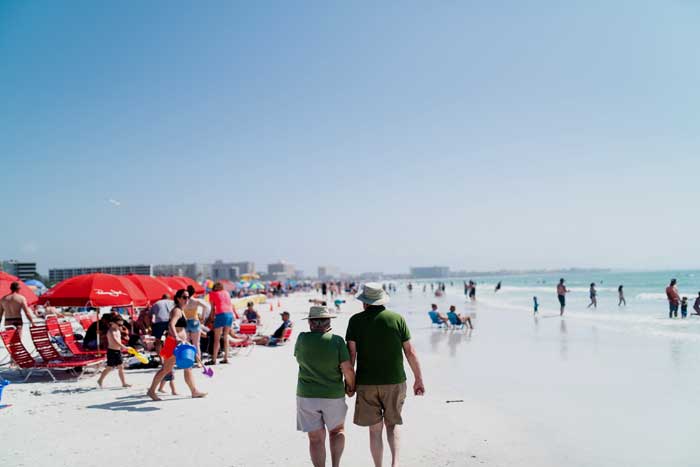
SHOULD YOU BE A SNOWBIRD (SUMMARY)
If you're tired of grueling winter weather and looking to lead a fulfilling, adventurous retirement life, turning into a snowbird might just fit the bill.
Visit potential destinations, connect with existing snowbirds, do your research, and soon, you too could be relishing the delights of the snowbird lifestyle.
Whether you choose sunny Florida, scenic South Carolina, arid Arizona, or the vibrant Texan coast, remember, the goal is to find the winter home that not only meets your needs but also feeds your soul.
Adventure awaits!
